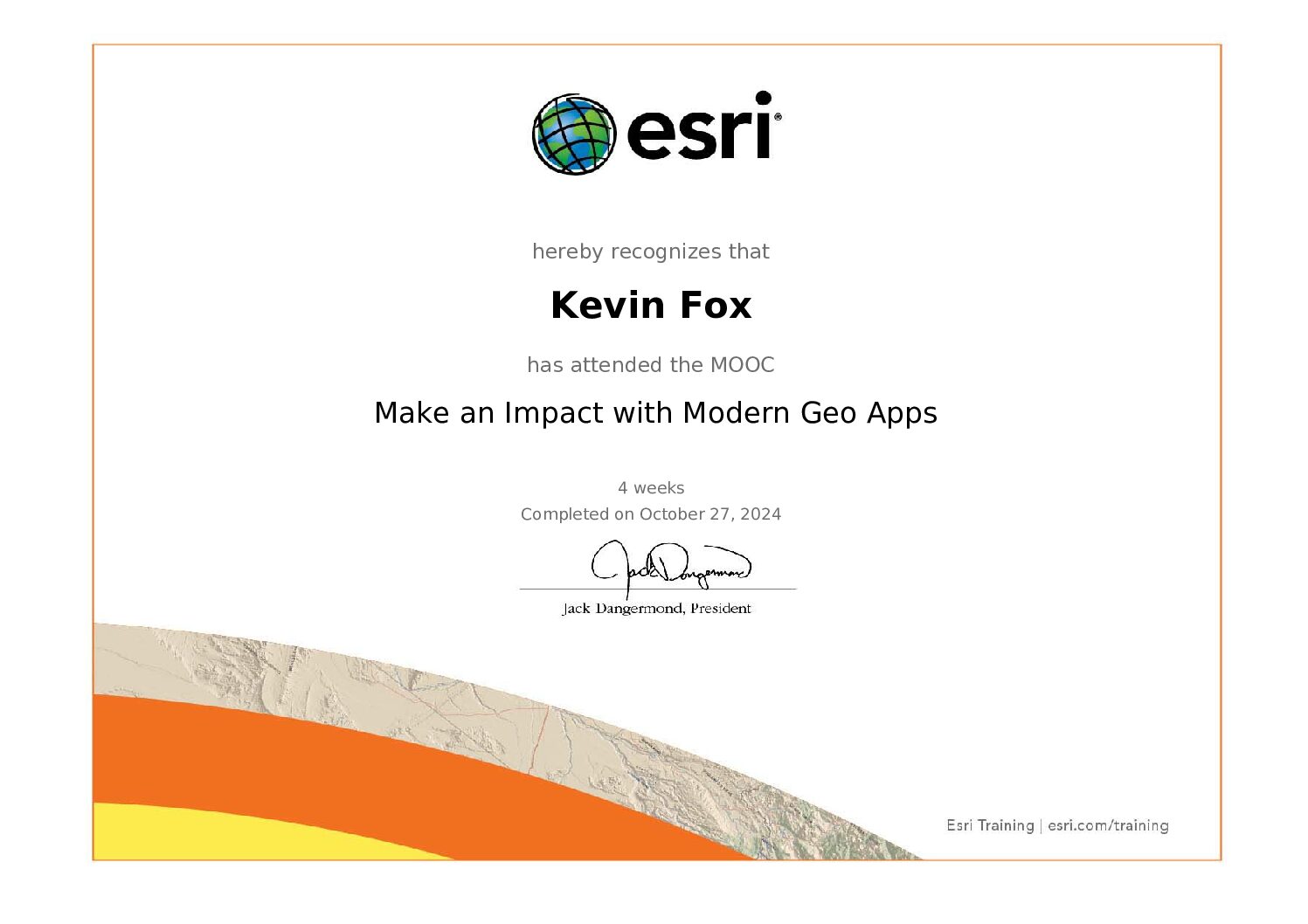The Gulf of _______: Identity, Power, and the Geopolitics of Place Names
What’s in a Name?
Place names carry power. They encode history, assert identity, and reflect political ideologies. The recent proposal to rename the Gulf of Mexico as the “Gulf of America,” championed by former and current U.S. President-Elect Donald Trump, has ignited a heated debate. Trump’s comments, framing the name change as a matter of national pride, were met with a mix of support and ridicule domestically. Internationally, the reaction was more pointed, with Mexico’s new President Claudia Sheinbaum humorously suggesting that the United States be renamed “Mexican America” in a nod to historical maps and shared histories. These exchanges highlight how deeply place names intersect with geopolitics and cultural identity.
Here we explore the implications of such a renaming effort, offering insights into why place names matter and how they shape our understanding of the world.
Historical Context of Place Naming
Throughout history, the naming and renaming of places have been tools of power. Colonizers often renamed lands to assert control, erasing indigenous identities and histories in the process. For example, during European colonization, places like New Amsterdam became New York, reflecting shifts in political dominance.
Controversies over place names are not new. The dispute over the “Persian Gulf” versus “Arabian Gulf” exemplifies how naming can become a proxy for larger geopolitical tensions. Similarly, the transition from Macedonia to North Macedonia demonstrates the complexities of balancing national identity and international diplomacy. The Gulf of Mexico—a name steeped in centuries of shared history among the United States, Mexico, and Cuba—is now at the center of a similar debate.
Cultural and Political Significance of the Gulf of Mexico
The Gulf of Mexico is more than just a body of water. It is a cultural and economic lifeline for the countries that border it. Its name reflects centuries of shared history, from indigenous civilizations to colonial exchanges and modern trade.
Renaming it the “Gulf of America” would not only disregard its historical and cultural significance but also risk alienating Mexico and Cuba, who have long-standing ties to the region. Such a move could be perceived as an assertion of U.S. dominance, undermining the cooperative spirit that has historically governed the Gulf.
Geopolitical Implications of Renaming
Unilaterally renaming the Gulf of Mexico has profound geopolitical implications. It risks being seen as a symbolic act of American exceptionalism, reinforcing perceptions of U.S. hegemony in the region. For Mexico and Cuba, the renaming could be interpreted as a disregard for their sovereignty and historical claims to the Gulf.
International recognition of such a change would be another hurdle. Organizations like the United Nations and the International Hydrographic Organization play a critical role in standardizing place names. Without their endorsement, the new name might remain unrecognized on global maps and documents, further complicating its adoption.
Identity and Nationalism in Place Names
Place names are powerful markers of identity. The proposed renaming of the Gulf of Mexico reflects a surge in nationalistic sentiment within the United States. By labeling it the “Gulf of America,” proponents aim to assert a distinctly American identity over a shared geographic feature.
However, this approach risks oversimplifying and overwriting the region’s multicultural heritage. Place names are not merely labels; they are narratives. Changing the Gulf’s name would erase layers of history that connect it to indigenous peoples, colonial powers, and neighboring nations.
The Politics of Memory
Renaming a place reshapes collective memory. It reframes history in ways that can either unite or divide communities. The Gulf of Mexico’s current name serves as a reminder of the interconnected histories of the U.S., Mexico, and Cuba. Changing it would disrupt this shared narrative, privileging one perspective over others.
The renaming effort also raises questions about whose history is being remembered and whose is being erased. In an era where there is growing awareness of the need to honor diverse narratives, renaming the Gulf may appear tone-deaf and counterproductive.
Comparative Case Studies
The global landscape offers numerous examples of contested or successful place renaming efforts that reveal lessons about identity, power, and reconciliation. For instance:
- Burma to Myanmar: This renaming reflects an internal governance shift but remains controversial internationally due to its association with a military regime. It underscores the challenges of achieving global consensus on name changes.
- Bombay to Mumbai: India’s renaming of Bombay to Mumbai was part of a broader effort to reclaim indigenous identity while navigating the economic and cultural significance tied to its colonial name.
- Sea of Japan vs. East Sea: This ongoing dispute between Japan and Korea highlights how unresolved historical grievances can transform place names into geopolitical flashpoints.
- Rhodesia to Zimbabwe: A pivotal change that symbolized decolonization and national identity. While celebrated domestically, it required significant international adaptation.
- Derry/Londonderry: In Northern Ireland, this dual naming reflects ongoing tensions between different cultural and political groups, showing how renaming can also act as a compromise to acknowledge contested identities.
These cases illustrate the importance of historical accuracy, cultural significance, and diplomacy in managing naming disputes.
The Future of Geopolitical Naming in a Globalized World
In a globalized world, naming disputes are likely to increase as nations seek to assert their identities in an interconnected landscape. Digital maps and global communication further complicate these debates, as the visibility of place names takes on greater significance.
The Gulf of Mexico renaming proposal highlights the need for inclusive and diplomatic approaches to such disputes. Rather than imposing a unilateral change, nations must engage in dialogue to find solutions that honor shared histories and foster cooperation.
Gulf of ______
The renaming of the Gulf of Mexico—or any prominent geographical feature—is far more than a simple act of rebranding; it is a reflection of deeper power dynamics, historical narratives, and cultural identities. While advocates for the “Gulf of America” name may argue that it asserts national pride, such a change risks sidelining the intricate and shared histories of the region. The Gulf is not merely a U.S. waterway; it is a space of connection, trade, and history among the United States, Mexico, and Cuba.
Critically, this debate reveals how place names serve as both tools of power and repositories of memory. Renaming the Gulf might strengthen certain nationalist narratives, but it could simultaneously erase others, fostering resentment rather than unity. In an interconnected and historically complex region like the Gulf, unilateral actions risk damaging diplomatic relations and disregarding the pluralistic heritage that defines the space.
Ultimately, decisions about renaming geographical features should be approached with caution, sensitivity, and a recognition of the broader implications. Engaging in collaborative, multilateral discussions can help ensure that such changes reflect not only the aspirations of one nation but also the shared histories and futures of all stakeholders. The power of a name lies in its ability to tell a story; in this case, the story of the Gulf of Mexico is one that belongs to many voices, not just one.
Does anyone know what this body of water was called before the colonizers arrived?




